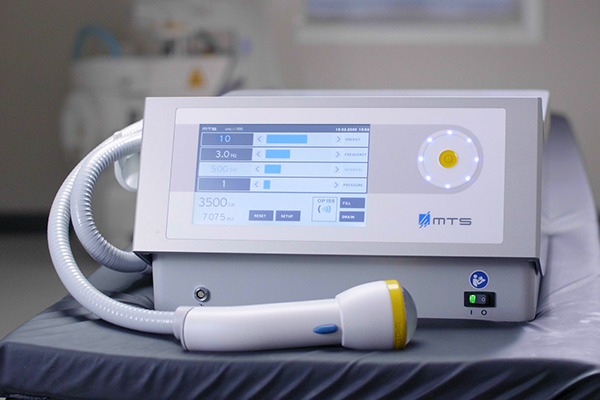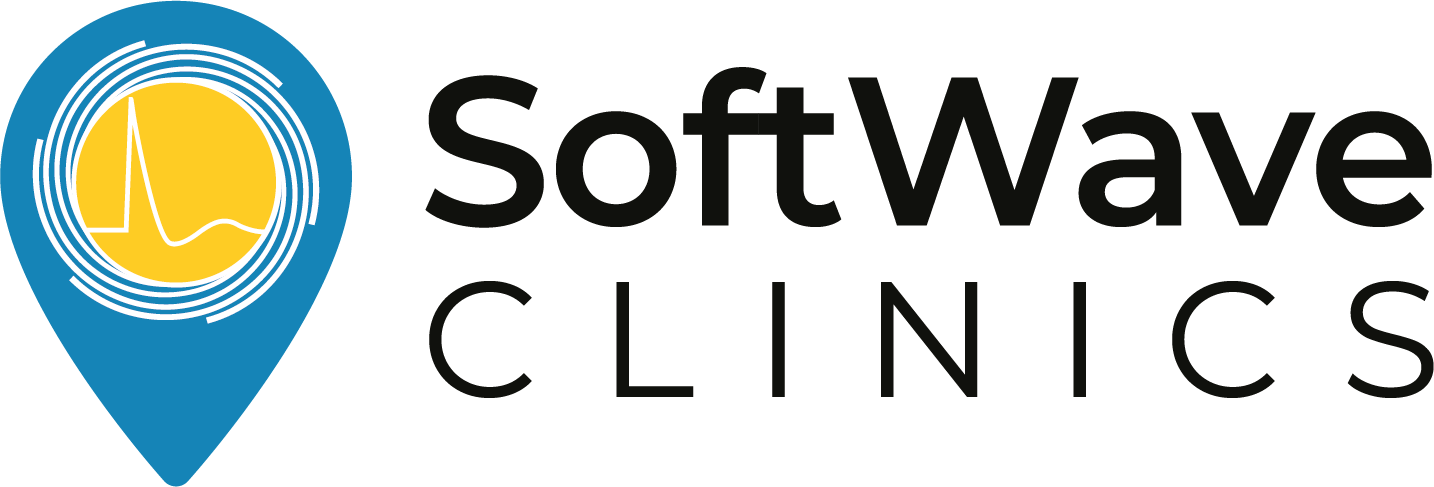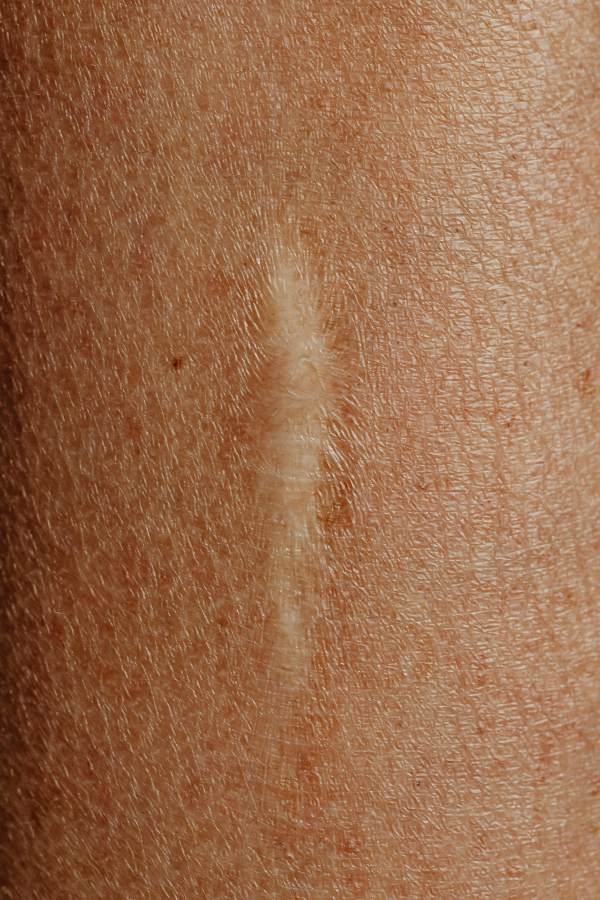Pain that begins in the neck and radiates through the shoulder and down the arm can be more than just a temporary discomfort—it often points to underlying issues that involve the intricate network of nerves, muscles, and joints in the upper body. Because the neck, shoulder, and arm are so closely connected, a problem in one area can quickly lead to pain or dysfunction in another. For instance, a pinched nerve in the neck might cause tingling or weakness all the way down the arm, while a shoulder injury could radiate discomfort back into the neck.
Understanding the potential causes of this type of pain is the first step toward finding effective relief. In this blog, we’ll explore the top treatments for managing and resolving pain in the neck, shoulder, and arm.
What Causes Pain in the Neck and Shoulder That Radiates Down the Arm?

Pain that radiates from the neck to the shoulder and arm often results from the complex interplay of nerves, muscles, and joints in the upper body. This type of pain is not only uncomfortable but can interfere with daily activities, making it important to understand its causes. Common culprits include:
- Cervical Radiculopathy (Pinched Nerve): When a nerve root in the neck is compressed, it can lead to pain, numbness, or weakness radiating down the shoulder and arm. This is often caused by herniated discs or bone spurs.
- Herniated Discs: A bulging or ruptured disc in the cervical spine can press on nearby nerves, causing radiating pain and other symptoms.
- Shoulder Impingement: This occurs when shoulder tendons are pinched or irritated, often causing pain that travels upward into the neck or down the arm.
- Muscle Strain: Overuse or poor posture can strain the muscles in the neck and shoulder, leading to pain that may radiate.
- Arthritis: Conditions like osteoarthritis can cause joint inflammation in the neck and shoulder, leading to stiffness and radiating discomfort.
- Rotator Cuff Injuries: These injuries can affect shoulder stability and lead to pain radiating into the upper arm.
- Nerve Compression in the Shoulder: Compression of the brachial plexus (a group of nerves in the shoulder) can also cause radiating pain down the arm.
Identifying the underlying cause is critical for effective treatment. Pain in the neck and shoulder radiating down the arm treatment often begins with addressing the root cause.
How Is Pain in the Neck and Shoulder Radiating Down the Arm Diagnosed?
Getting the right diagnosis is essential for effective treatment. Because neck and shoulder pain that radiates down the arm can stem from various causes—such as nerve compression, muscle strain, or joint dysfunction—doctors use several diagnostic methods to pinpoint the source of the pain.
- Physical Examination – A doctor will assess your range of motion, muscle strength, and reflexes. They may apply pressure to certain areas to check for tenderness, numbness, or tingling. This helps determine if the pain is due to nerve irritation, muscle strain, or joint dysfunction.
- Imaging Tests (X-Rays, MRI, CT Scans) – X-rays reveal structural issues like arthritis or bone spurs, while an MRI provides detailed images of soft tissues, detecting problems such as herniated discs or muscle damage. CT scans may be used for a more precise view of bones and joints.
- Electromyography (EMG) and Nerve Conduction Studies – These tests assess nerve function by measuring electrical activity in muscles and the speed of nerve signals. They help diagnose conditions like cervical radiculopathy, where a pinched nerve in the neck causes radiating pain and weakness in the arm.
A proper diagnosis ensures that treatment targets the underlying issue, leading to more effective pain relief and recovery.
When Should You Seek Treatment for Radiating Neck and Shoulder Pain?
While mild pain in the neck and shoulder may resolve on its own, certain symptoms warrant medical attention. Ignoring these red flags can lead to chronic pain or even permanent damage. Seek treatment if you experience:
- Worsening Pain: If the pain becomes more intense or doesn’t improve with rest.
- Numbness or Tingling in the Arm: These are signs of nerve involvement that require immediate evaluation.
- Weakness in the Arm or Hand: Difficulty gripping objects or lifting your arm could indicate significant nerve compression.
- Limited Range of Motion: If you struggle to move your neck or shoulder freely, this could point to structural issues.
- Persistent Symptoms: If the pain lasts for weeks or interferes with your daily life.
Early intervention is key to preventing complications. Treatments tailored to your condition can provide relief and help restore mobility.
Top 5 Treatments for Pain in Neck and Shoulder Radiating Down Arm

1. SoftWave Therapy: Revolutionary Treatment for Neck and Shoulder Pain
SoftWave therapy is a non-invasive, FDA-cleared treatment that uses broad-focused shockwaves to relieve pain, reduce inflammation, and promote healing. Unlike traditional focused shockwave therapies, SoftWave’s patented technology covers a larger treatment area, reaching deep tissues without causing microtrauma. This makes it particularly effective for radiating pain caused by nerve compression, muscle strain, or joint inflammation—common issues in the neck, shoulder, and arm.
By reducing inflammation, increasing blood flow, and stimulating tissue regeneration, SoftWave helps relieve pain from conditions like cervical radiculopathy, rotator cuff injuries, and adhesive capsulitis (frozen shoulder). It also relaxes tight muscles and improves mobility, leading to lasting relief. Many patients notice improvement within just a few sessions.
Benefits of SoftWave Therapy for Neck, Shoulder, and Arm Pain:
- Reduces inflammation around compressed nerves to relieve radiating pain.
- Stimulates tissue regeneration for long-term healing.
- Increases blood flow, accelerating recovery.
- Relaxes muscles and improves mobility.
- Non-invasive with minimal to no side effects.
- Provides fast, long-lasting pain relief.
Read more about Shockwave for Shoulder Pain
2. Physical Therapy for Neck and Shoulder Pain
Physical therapy is a cornerstone treatment for managing pain that radiates from the neck to the shoulder and arm. It involves customized exercises, stretches, and manual techniques to strengthen muscles, improve flexibility, and reduce pressure on nerves.
Targeted exercises can help alleviate nerve compression by improving posture and muscle strength around the neck and shoulders. Manual therapy techniques, such as joint mobilization or soft tissue massage, can also improve blood flow and reduce tension in affected areas.
Benefits of Physical Therapy:
- Reduces pain and stiffness in the neck and shoulders.
- Restores range of motion and improves daily function.
- Helps prevent future injuries through posture correction and muscle strengthening.
- Effective for conditions like cervical radiculopathy and shoulder impingement.
Physical therapy is often used as a long-term solution to address the root cause of radiating pain.
3. Cervical Traction Devices for Nerve Relief
Cervical traction is a non-invasive therapy that gently stretches the neck to relieve nerve compression and improve spinal alignment. This technique creates space between the vertebrae, reducing pressure on pinched nerves and alleviating pain that radiates down the arm.
Cervical traction works by widening the intervertebral foramen (spaces where nerves exit the spine) and allowing more room for nerve roots. It can also reduce tension in neck muscles and improve overall spinal alignment.
Who Can Benefit:
Patients with conditions such as pinched nerves, herniated discs, and radiculopathy often find cervical traction helpful. It’s available in both manual (performed by a therapist) and mechanical forms (using devices like over-the-door systems or traction tables).
Benefits of Cervical Traction:
- Temporarily relieves nerve-related pain and muscle tension.
- Non-invasive and easy to combine with other therapies.
- Improves mobility and spinal alignment.
- Suitable for at-home use with proper guidance.
While cervical traction provides temporary relief, it works best as part of a comprehensive treatment plan.
4. Ultrasound Therapy for Pain Management
Therapeutic ultrasound is a technology that uses high-frequency sound waves to penetrate deep into tissues, reducing inflammation and promoting healing. It’s particularly effective for muscle and tendon injuries that contribute to pain radiating from the neck and shoulder.
The sound waves create gentle heat, increasing blood circulation to the injured area. This enhanced blood flow delivers nutrients and oxygen that promote tissue repair. Ultrasound therapy also reduces inflammation and relaxes tight muscles.
Ultrasound therapy works well for conditions like muscle strains, tendinitis, and other soft tissue injuries. It is often combined with physical therapy to enhance overall treatment outcomes.
Benefits of Ultrasound Therapy:
- Reduces inflammation and accelerates healing.
- Improves blood flow to damaged tissues.
- Relieves muscle spasms and stiffness.
- Safe and non-invasive.
5. Steroid Injections for Severe Pain Relief
Corticosteroid injections are a treatment option for individuals experiencing severe pain due to inflammation in the neck or shoulder. They deliver powerful anti-inflammatory medication directly to the affected area, offering rapid relief.
Steroids reduce inflammation in the nerves, joints, or muscles, which decreases swelling and relieves pressure on sensitive nerve roots. This can significantly reduce pain and improve mobility in the short term.
When They Are Used:
Steroid injections are typically recommended for conditions such as advanced arthritis, herniated discs, or severe nerve compression when other treatments like physical therapy or medications are not effective.
Benefits of Steroid Injections:
- Provides rapid relief for severe pain and inflammation.
- Reduces swelling and nerve irritation.
- Allows patients to participate more effectively in physical therapy or other long-term treatments.
Limitations:
While steroid injections are effective for short-term relief, they are not a cure and should be used sparingly due to potential side effects like tissue thinning with repeated use.
The Best Shockwave Therapy for Shoulder Pain
Are you looking for safe, reliable, and effective relief from shoulder and neck pain?
SoftWave therapy is FDA-cleared, patented, and nationally recognized for its leading tissue regeneration technology. Unlike other types of high-energy shockwave treatments, SoftWave is the only shockwave therapy on the market that uses true broad-focused shock waves that treat larger and deeper areas of tissue.
Thousands of patients have experienced the benefits of SoftWave for shoulder pain, including:
- Little to no side effects
- Short treatment time
- Quick recovery
- Long-lasting results
Find a SoftWave Therapy provider near you or learn more about SoftWave and whether or not you’re eligible for full treatment today!
New Patient Special
Try SoftWave for just $69 at a clinic near you and learn if you’re a candidate for full treatment





